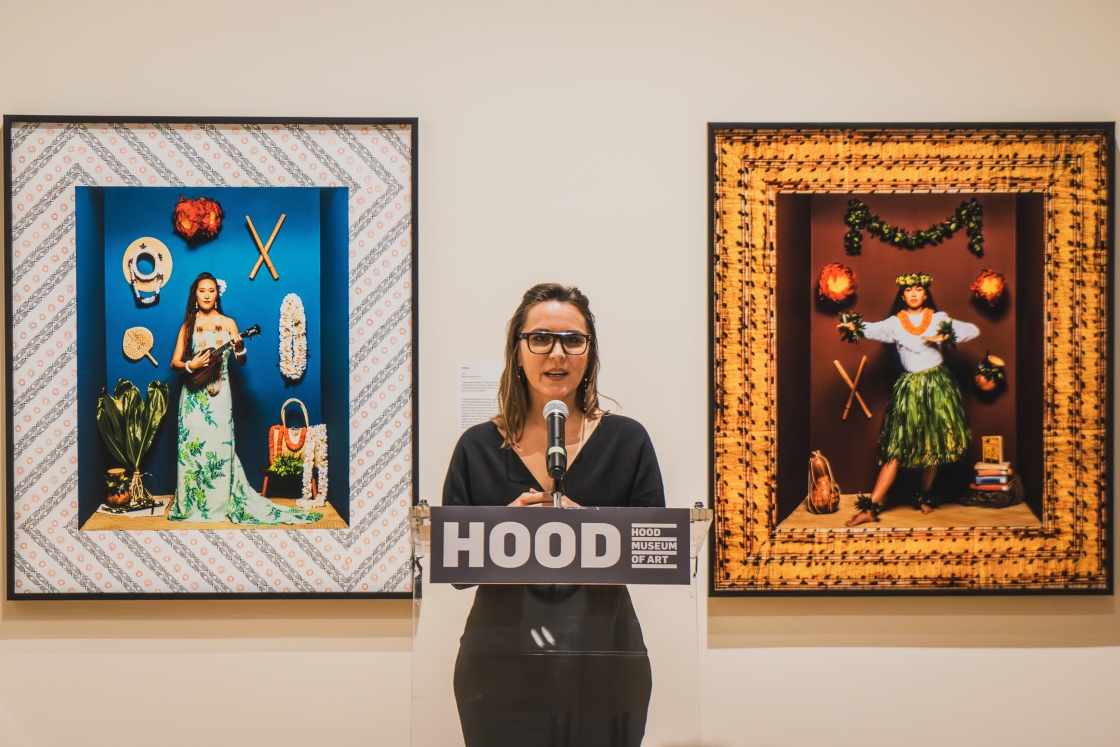What difference can a week make? For the Dartmouth students who take part in Alternative Spring Break (ASB) programs through the William Jewett Tucker Foundation, the answer is a lot—although not always in the way first-time participants might expect.

The Alternative Spring Break (ASB) programs sponsored this year by the Tucker Foundation counted about 70 participants across six trips, says Adam Knowlton-Young, Tucker’s program manager for service trips. Accompanying the students were faculty and staff trip advisers. Student-organized and led, the days of spring break—March 15-22 this year—are bracketed by winter term training sessions and spring term debriefings and educational events.
Many students taking these trips—which have destinations from the Dominican Republic to Ohio to Colorado—initially envision a change of pace from academics as well as a chance to serve others outside the so-called “Dartmouth bubble.” And that does happen—that, and far more.
Katie Gougelet, who led an environmental-justice-focused trip to West Virginia, acknowledges that ASBs are about more than service.
“To be honest,” she says, “a week really isn’t enough time to make any sort of meaningful impact in the community that we visit. So in designing the Environmental Justice ASB to West Virginia, we focused explicitly on learning about these issues instead of trying to solve them. Sure, we got our hands dirty and helped out with some projects at the Morris Creek Watershed Associates, our hosts for the week. But more importantly, we got to engage with community members whose lives are impacted by environmental justice issues every day.”
Conscious preparation for these trips underlies their success, notes Tev’n Powers ’14, Tucker’s student director for ASBs. Through winter term, he says, “each trip meets weekly for education sessions, created by the trip leaders, where they learn in depth about the issue their trip focuses on.” For him, a veteran of two previous trips, “it was during these sessions where it clicked for me that while the service component would be helpful on a small scale, any large scale solution to the issues that these trips highlight would require two things: education in every community—starting with whichever communities we identify with—and a commitment to changing structures or systems which allow these injustices to continue.”
Some of the change happens right back here at Dartmouth, in the deepened relationships among participants, who gain a fuller sense of their classmates’ experiences on campus.

But trips like these also shape students’ aspirations beyond graduation. Mingyu Kim ’14, who went to Ohio on the Habitat for Humanity trip, is headed to architecture school after Dartmouth. “I came to think by the end of the trip that the field of architecture shouldn’t be just about artistic creativity or technological innovation but that it should also be marked with thoughtful humanitarian emphasis,” she says. “I think this experience will expand my interest—and my actual practice—when it comes to design and planning.”
Andrew Nalani ’16 returned to Immokalee, Fla., for a second year, with a new goal in mind: listening. The result was “a more holistic picture of this town, and the community of migrant workers there, than I had gained last year,” he says. “It is rare to have such experiences through reading a textbook or sitting in the classroom. The theories and concepts that I easily grasp in class are challenged by experiences in the world outside as I experienced during this spring break trip.”
His desire to remain engaged reflects the heart of the Alternative Spring Break experience: “I still have more questions than answers to the world’s inequity; however, I have developed a capacity and maturity to stand in the gap between the world as it is, and the world of peace and justice I want to participate in creating.”
As student director Powers says, “After all, just because our spring break ends these issues don’t end—these communities don’t cease to exist on March 22.”

